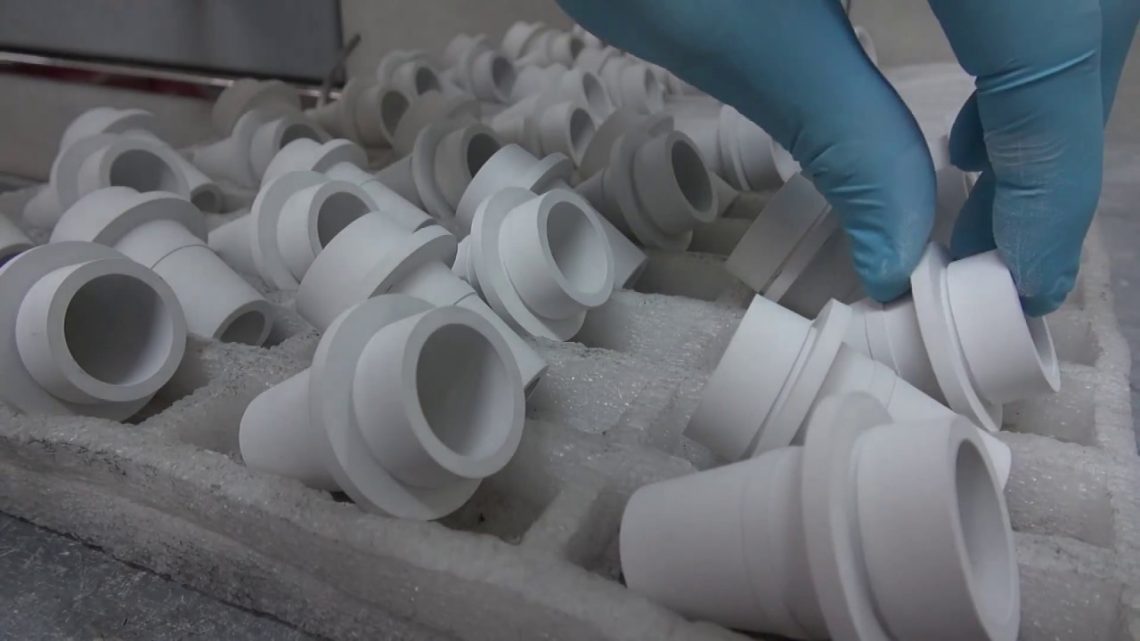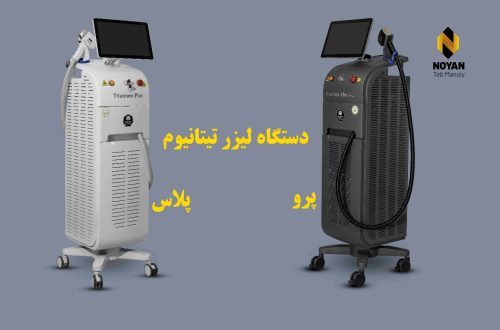In the ever-evolving landscape of materials science, technical ceramics have emerged as a groundbreaking solution for a diverse range of industries. Known for their exceptional properties, these advanced materials are driving innovations and enhancing performance across various applications. This article explores the fundamental aspects of alumina ceramic, their key benefits, and their transformative impact on modern industries.
What Are Technical Ceramics?
Technical ceramics, also referred to as advanced ceramics, are a class of ceramic materials engineered to meet specific performance requirements. Unlike traditional ceramics, which are often used for everyday items like dishes or tiles, technical ceramics are designed with a focus on durability, resistance, and precision. They are typically composed of high-purity raw materials, such as alumina, zirconia, and silicon carbide, and are processed through advanced techniques to achieve their desired properties.
Key Benefits of Technical Ceramics
- High Wear Resistance: Technical ceramics excel in environments subjected to abrasive forces. Their hardness and resistance to wear make them ideal for applications such as cutting tools, grinding media, and wear-resistant coatings.
- Excellent Corrosion and Chemical Resistance: Many technical ceramics are impervious to harsh chemicals and corrosive environments. This property is crucial for industries like chemical processing and oil and gas, where equipment must withstand extreme conditions.
- Superior Thermal Stability: Technical ceramics can endure high temperatures without losing their structural integrity. This thermal stability is essential for applications in aerospace, electronics, and power generation, where high temperatures are prevalent.
- Electrical Insulation: Certain technical ceramics, such as alumina and zirconia, possess excellent electrical insulating properties. This makes them valuable in the electronics industry for applications like insulators, substrates, and capacitors.
- Biocompatibility: Some technical ceramics are biocompatible, meaning they can safely interact with biological systems. This property is leveraged in the medical field for implants, prosthetics, and dental applications.
Applications Across Industries
- Aerospace and Defense: Technical ceramics are used in aerospace components for their lightweight and high-strength properties. They are employed in jet engines, missile systems, and protective armor to enhance performance and durability.
- Electronics: In the electronics sector, technical ceramics play a crucial role in manufacturing insulators, substrates, and piezoelectric devices. Their electrical insulating properties ensure reliable performance in electronic circuits and components.
- Energy Sector: Technical ceramics are vital in power generation and renewable energy technologies. They are used in gas turbines, fuel cells, and photovoltaic panels due to their ability to withstand high temperatures and corrosive environments.
- Healthcare: The medical field benefits from technical ceramics in various ways. Ceramic materials are used in implants, prosthetics, and dental crowns, where their biocompatibility and durability contribute to successful patient outcomes.
- Industrial Machinery: Technical ceramics are utilized in industrial machinery for their wear resistance and chemical stability. They are found in cutting tools, bearings, and valves, where they enhance performance and extend service life.
Future Trends and Innovations
The field of technical ceramics is continuously advancing, driven by ongoing research and technological developments. Emerging trends include the integration of technical ceramics with other advanced materials, such as composites, to create hybrid solutions with enhanced properties. Additionally, the development of new fabrication techniques, such as additive manufacturing (3D printing), is opening up new possibilities for producing complex ceramic components with precise specifications.





